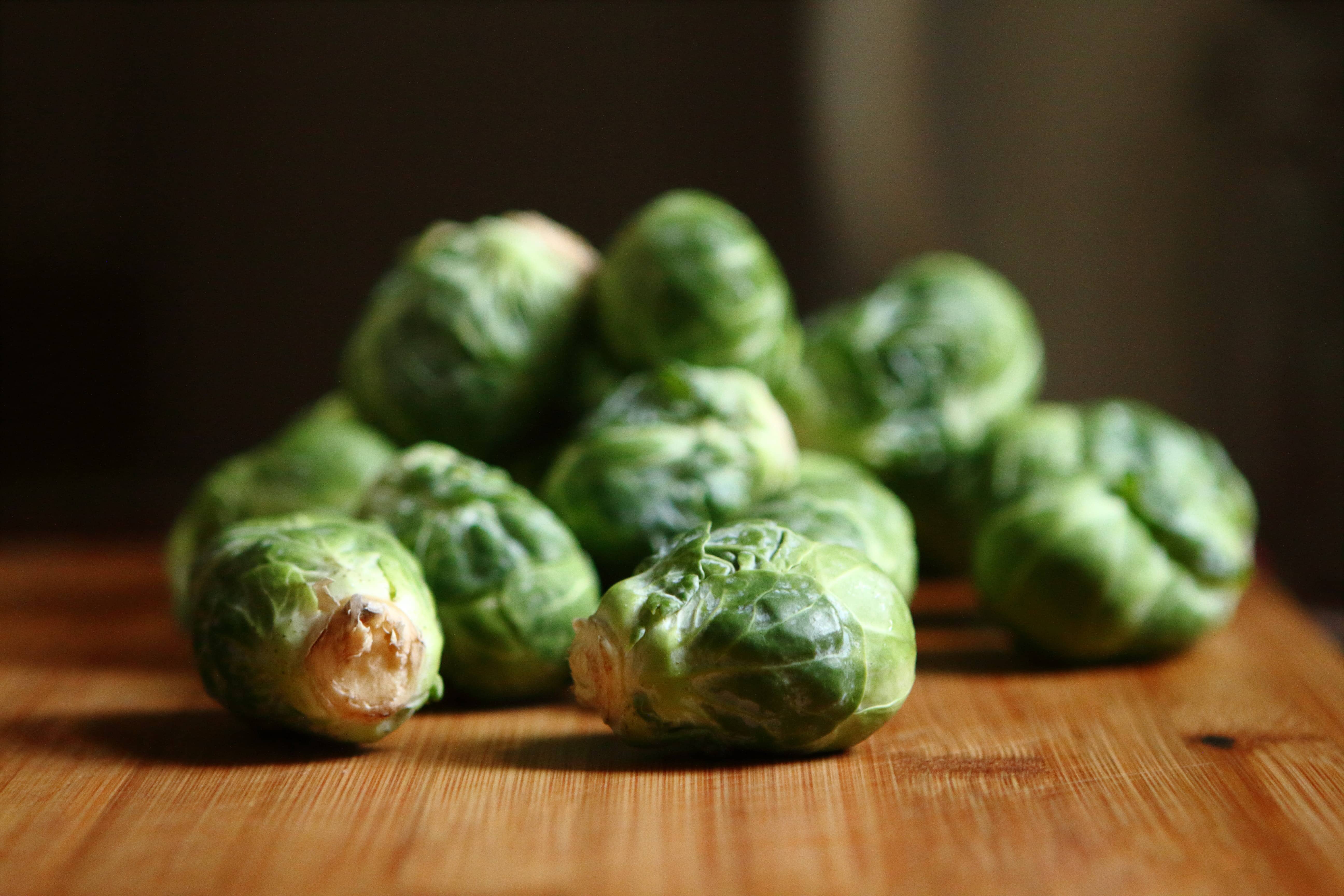Brussels Sprouts Are a Member of the Cabbage Family
TEXARKANA, Ark. –
Legend has it that brussels sprouts was first grown in Europe, but whether or not that is true remains unknown. The first official description of them; however, did appear in Belgium in the late 16th century. They made their way to England in the mid-19th century and there gained great popularity.
Today, the British remain the world’s top consumers of brussels sprouts. Not only do we, as Americans, not consume as many, we grow fewer crops, which are commercially cultivated in California and New York.
Brussels sprouts are members of the cabbage family and they look like it, too. In fact, many people, call them little cabbages. Most sprouts will range from one to one-and-a-half inches in diameter.
How to select brussels sprouts
When selecting brussels sprouts, select those that are small and firm with compact bright green heads. Small brussels sprouts will yield a sweeter taste and tend to be more tender. Avoid those that are soft, wilted, puffy, or are dull in color, as well as those with loose or yellowish leaves. Choose sprouts of similar size so they will cook evenly. Once you have selected your brussels sprouts, remove any loose leaves, seal the unwashedbrussels sprouts in an airtight plastic bag and place them in the refrigerator. You’ll want to use them as quickly as possible. Their flavor will start to become unpleasantly strong after three or four days.
Tips on preparing brussels sprouts
Do not let these little vegetables intimidate you when it comes to eating them. First, wash each brussels sprout and pat dry, removing any loose leaves. Then, trim the stem ends and make a shallow “X” in the sprouts; this allows the heat to penetrate more effectively and cook the veggies more evenly.
Brussels sprouts should be cooked for about 10 minutes, until tender but still slightly crisp. Their color should remain intense; olive-drab sprouts have been overcooked. To check doneness, pierce the stem end with a fork; it should penetrate easily. If you cook them for too long, you will eliminate most of the nutrients from the sprouts.
Like other cruciferous vegetables, brussels sprouts are full of phytonutrients (natural plant compounds), which may help protect against cancer. They are also a good source of vitamins A and C. In fact, one-half cup of sprouts provides more than 80 percent of the recommended daily amount of vitamin C. In addition to vitamins A and C, you will find potassium, folate, iron, and fiber. All of this can be found in just half a cup of boiled sprouts. A one-half cup serving of boiled sprouts will also provide you with 30 calories, 2 grams each of fiber and protein, minimal fat and no cholesterol.
Try this delicious recipe for Roasted Brussels Sprouts. If you are not a fan, you likely will be after trying them.
Balsamic Roasted Brussels Sprouts
- 2 cups Brussels sprouts, trimmed and halved
- 2 tablespoons olive oil
- 1 teaspoon garlic powder
- 1 teaspoon ground black pepper
- 1/2 teaspoon salt
- 1 tablespoon balsamic vinegar
- 1/4 cup shredded Parmesan cheese
- 1 pinch red pepper flakes, or to taste (optional)
Preheat oven to 400 degrees F. Toss Brussels sprouts with olive oil, garlic powder, black pepper, and salt. Spread onto a 9x13-inch baking pan that has been sprayed with cooking spray or lined with parchment paper. Roast in oven, lightly stirring every 5 minutes, until crispy and fork tender. Combine balsamic vinegar and shredded Parmesan Cheese in small bowl. Mix well and our over Brussels sprouts. Roast 5 minutes. Sprinkle with red pepper flakes and serve.
Nutrition Facts:
91 calories; protein 4g; carbohydrates 8g; fat 6g; cholesterol 3mg; sodium 265mg
By Carla Due
County Extension Agent - FCS
The Cooperative Extension Service
U of A System Division of Agriculture
Related Links
